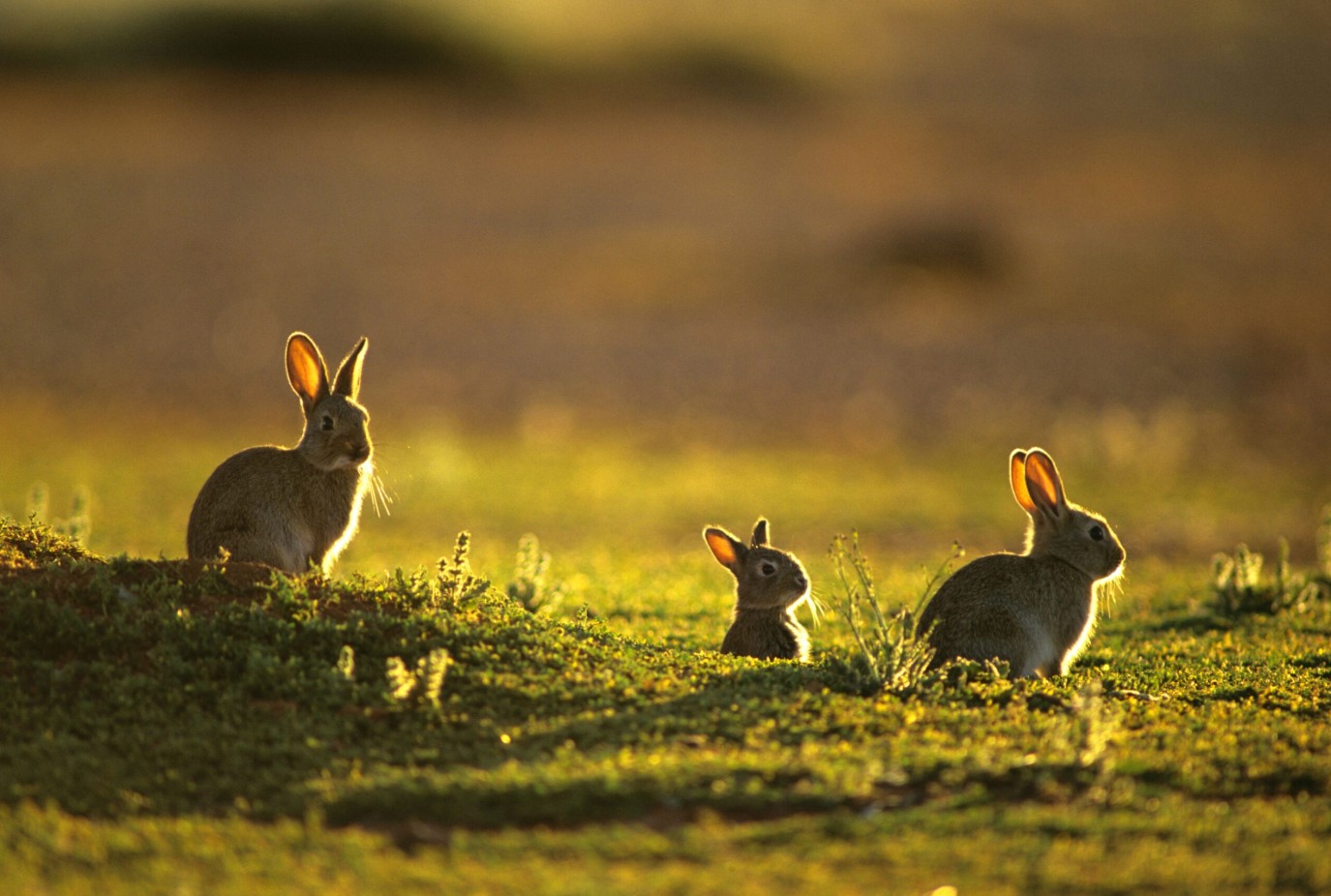Rabbits on the rise

With a long, hot El Nino summer forecast ahead there are concerns that already out of control rabbit infestations around Queenstown Lakes and Central Otago will thrive in prime breeding conditions.
Otago Regional councillor and Central Otago farmer Gary Kelliher says if it’s super hot and dry numbers will only escalate, however, some of the recent heavy spring rainfalls in parts of the region could stave numbers produced during July breeding.
“What knocks rabbits is rainfall over 25mm that drowns the nests in their burrows,” he says. However, spring rain also produces good growth meaning more places for them to hide.
ORC has been working with various community groups in specific targeted areas, including Lakes Hayes, Gibbston, Albert Town, Queensbury and along the steep banks above the Clutha River. “They’re real breeding grounds.”
While there’s progress in those targeted areas, Kelliher says he’s worried that rabbit populations will flourish outside those boundaries and become rife. “I’m worried we’re creating a situation behind our backs in those other areas.” If hotspots aren’t actually fenced then those outside rabbits will just re-infest them.
Methods of control are limited around urban areas for safety reasons. Kelliher says he’s “cautiously concerned” that local councils and Crown agencies managing urban reserves and public land are fully doing their bit and being proactive rather than reactive when complaints arise. Funding is an issue. “But I’ve yet to see week on week that some of them are spending the budget and have engaged contractors,” he says.
Most farmers and lifestyle block owners are trying to control numbers. ORC has some fencing subsidy funding available in its targeted areas and Kelliher says a grateful neighbouring group of small Gibbston landowners have taken that up.
“I’m sure outside those areas everyone is battling. Those without diligent neighbours are constantly battling,” he says. “Overseas owners can be hard to contact, or it’s hard to get some leeway there, they’re not playing their part and you are.”
In some cases, particularly if there’s been a complaint, ORC staff will come and assess which methods are best suited, shooting, poisoning, live traps, or fencing. “There needs to be action if people are just feeding rabbits and not eliminating them.”
Live traps are the safest options around urban areas where pets may be roaming, or netting fences. “It may be sensible to nominate a neighbourhood eliminator if you’re using live traps.”
Pest controller Bevan Todd, of Trapping Concepts, does widespread work locally, eradicating between 10,000 and 20,000 rabbits a year in the south, through trapping and shooting. He caught 1500 rabbits in six weeks recently around Remarkable Park’s rental car paddock land – across about 1.5km, with the QLDC’s contractor Peter Preston following up with poisoning.
“I got another 120 last week even after that,” Todd says. “Between us there’s a fraction of what was there.” Todd catches rabbits for the pet food market running some 200 traps through the basin, from Cromwell to Queenstown.
“Rabbits numbers are quite high and we’re getting quite a lot of inquiries for gear and assistance. Arrowtown and Gibbston valley are probably the strongholds here.”
They love nestling beneath shipping containers and wooden decking and thrive in those habitats. “Be proactive. They won’t go away,” Todd says.
Lakes Hayes Estate and Shotover Community Association chair Anita Golden says rabbits are a huge problem and unless everyone’s on board and coordinated it’s a waste of time. Children’s play areas by the river are “coated in rabbits” and any plantings have to be ring-sleeved or it’s “free for all”. “It’s all very well to target pockets but then the area in between fills up.”
A QLDC spokesman says rabbit fencing’s been installed at Lake Hayes with some success, and at Gibbston and Templeton Park in Albert Town, and monitoring and work will continue. “We work with neighbours at all locations wherever possible.”
Peter Preston, who works for local authorities and Crown agencies in the region, says most are quite responsive. A lack of funding and a coordinated cooperation between neighbouring properties seems to be an issue in controlling rabbits.









